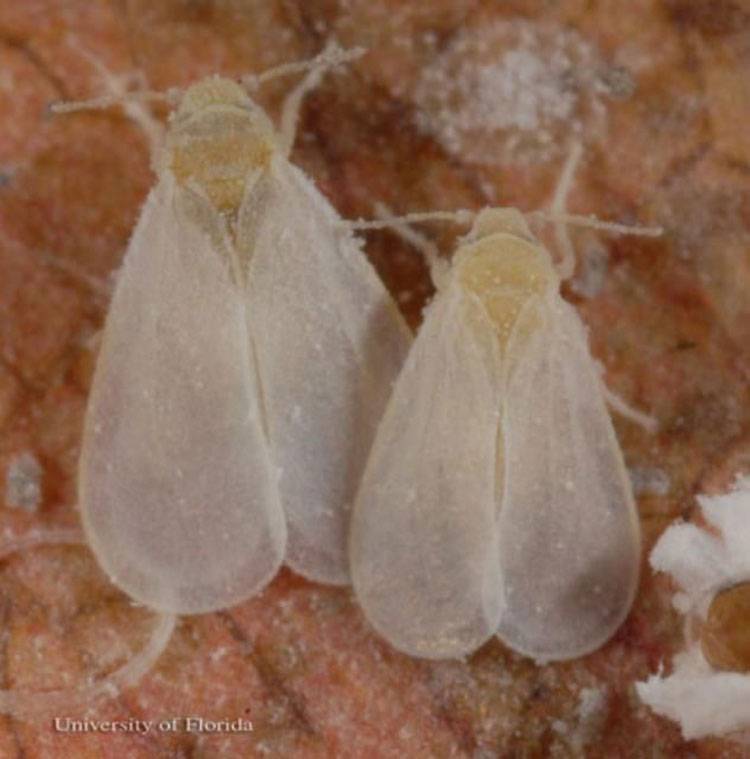Pomegranate
White Fly

White Fly
Siphoninus phillyreae

White Fly
Siphoninus phillyreae

White Fly
Siphoninus phillyreae

White Fly
Siphoninus phillyreae
Siphoninus phillyreae: The Ash Whitefly
Introduction
Siphoninus phillyreae is a polyphagous whitefly that feeds on hard-leaved shrubs and small trees. It attacks plants at all growth stages, including flowering, fruiting, and post-harvest. Heavy infestations lead to honeydew secretion, which encourages sooty mold formation, covering leaves, stems, and fruits, giving plants a blackened appearance.
Symptoms of Infestation
- Sticky, transparent honeydew spots on leaves
- Growth of sooty mold on honeydew-covered surfaces
- Severe infestations result in blackened plant appearance
Life Cycle
- Eggs are laid on the underside of leaves
- Larvae settle on leaves after hatching and feed on plant sap
- Four immature instars:
- First instar (crawler) moves slightly for dispersal
- Later stages remain sessile
- Pupal stage: Whitefly pupal cases appear with white wax tufts and glassy tubercles
- Adult stage:
- Lightly dusted with white wax
- Females live 30–60 days, males live around 9 days
- Winged adults disperse to new plants
Climatic Factors Influencing Infestation
- Optimal Temperature: Around 25°C (77°F)
- Temperature Tolerance: Can survive from near freezing to warm conditions
- Humidity Preference: High humidity favors population growth
- Impact of Climate:
- Low temperatures & humidity slow down development
- High humidity & warm temperatures accelerate population growth
Conclusion
Siphoninus phillyreae can rapidly build up in warm, humid environments, making it a persistent pest. Understanding its lifecycle and climate preferences is key to effective management and control.
Source: University of Florida
